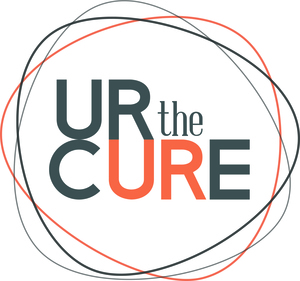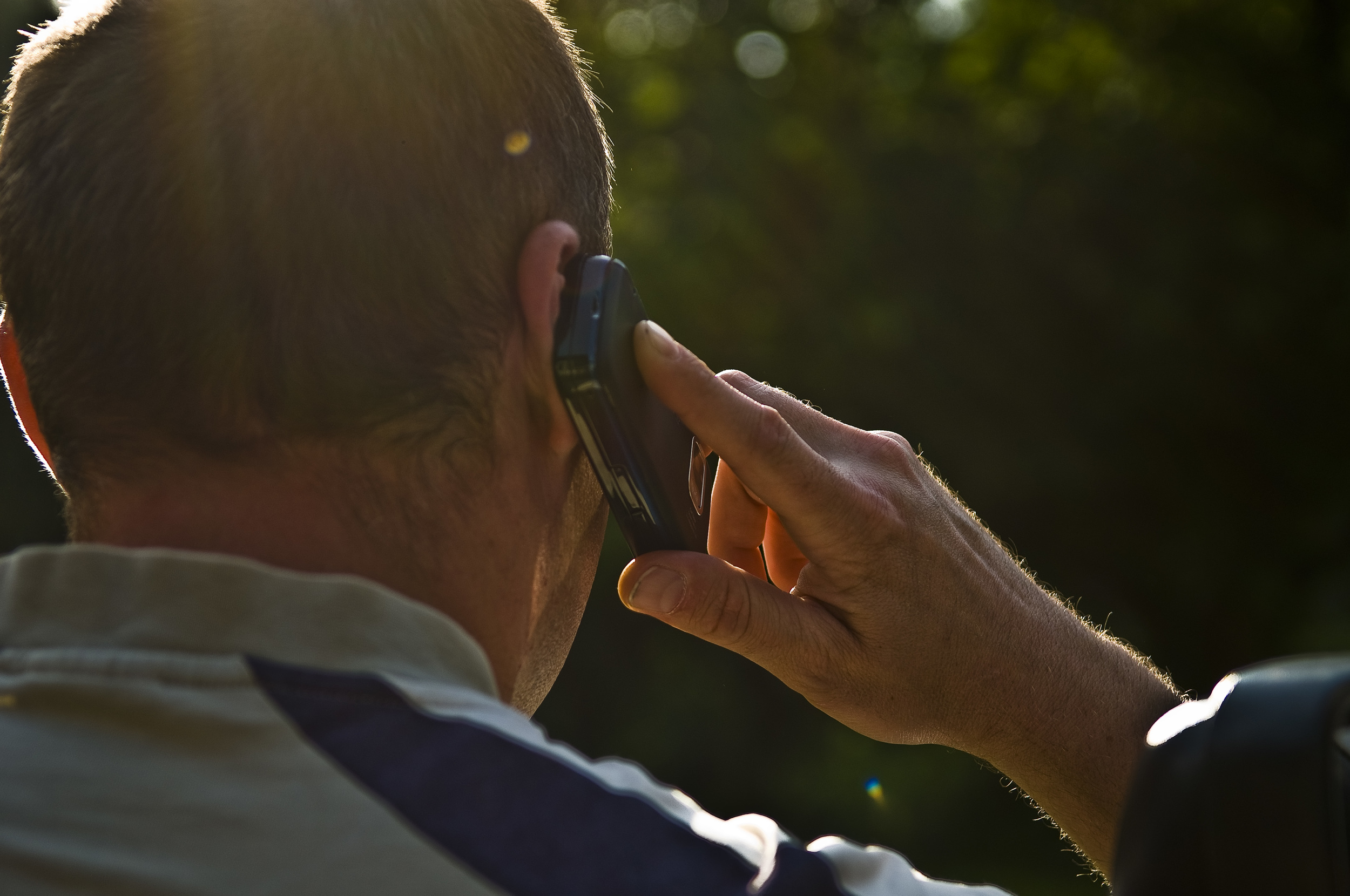Craig's story
Acknowledgement: ABMDR Annual Report 2014
Craig recently became a bone marrow donor, giving someone he’d never met a chance of recovering from debilitating illness. He decided to keep a diary of his experiences to let others know what is involved in the donation process, so they might consider registering themselves. Here are some excerpts:
Why did Craig join the bone marrow donor registry?
“About eight years ago I registered for the Australian Bone Marrow Donor Registry as I felt it was something I could do to help others. ”
Many of the people who donate bone marrow or stem cells do so for a family member who is in need of the product. I didn’t register for family reasons, I registered just to maybe be useful to someone else at some time. Typically a bone marrow donation is required to treat someone with a serious cancer related illness where their best option for recovery is to destroy the recipient’s marrow with chemo or radiotherapy, to hopefully remove the remaining malignant cells.
The call to tell Craig he was a match
“I sort of forgot that I ever registered for the ABMDR until I got the call up. Without warning a message arrived advising that I was a potential donor selected for further testing. A bit of a surprise! ”
Only 1 in 1500 Australians receive the call that they are someone's match in any given year
A few weeks later I got a call from the ABMDR advising me I was the ‘donor of choice’. The vast majority of donations these days are not through the older style collection out of your hip bones, but using hormones to stimulate bone marrow stem cell growth. An apheresis process is then used to extract the stem cells from your blood.
“Blood is taken from one arm, filtered to extract stem cells, then put back into your other arm. No general anaesthetic is required to do this extraction. ”
Craig's health tests and being informed about the procedure
Doctors will always ensure you are 100% healthy & fit to donate stem cells
A few months after the initial letter I went for the ‘work-up’ which was a series of tests and checks, including a general health check, more vials of blood, an ECG and a chest x-ray.
I was also told more about the process and the things I had to do in the days leading up to the donation, and about the potential side effects of the hormone injections.
The hormone injections can be self administered. It’s like a diabetic’s insulin injection – into the abdomen. The side effects include some bone pain as the bones go into overdrive to produce the stem cells. It may also include weariness and increased irritability for the four-day period of the treatment.
A monitoring regime for ten years after your donation is also included; and my work’s leave policy allowed for time off.
“The pain is easily managed with paracetamol. By the way, no costs were incurred by me as a donor. Everything was covered including transport to and from the hospital, even for regional donors.”
Morning 1 - four days before stem cell collection
Four days before the scheduled donation I commenced the hormone injections. I decided to go to a local doctor’s clinic to have the first injections. Future injections I did at home. On the first morning I woke up with a little bone pain. My hips were a little painful as was my lower back. The bone aches got worse during the afternoon, but not terrible – sort of like when you’re getting a dose of the flu.
“I felt as if I had been walking around a city (Paris for example) for six to eight hours.”
Morning 2
“The second morning can best be described as ‘my back hasn’t felt this bad since the last time we moved house’. Some slow release Panadol kept that under control. ”
Morning 3
I self-injected the three syringes of hormone myself on the third night. It took a few minutes to psyche myself up to it but after the first one it was ok. That night’s sleep was pretty rotten and I woke in the morning in a fair amount of pain. I could feel the presence of the major bones in my body as a result of the hormone I’d injected in preparation for the next day’s donation.
“Panadol was definitely my friend that day – once I took it I didn’t feel too bad. I just kept thinking about the recipient and what they have had to go through, already fighting some form of cancer. And knowing they would be receiving treatment to kill their existing bone marrow ready to receive my stem cells.”
You can watch TV during the procedure & return to normal activities afterwards!
Morning 4 - Day of stem cell collection
On the day of the donation I caught a taxi to the collection centre and headed to the apheresis unit. I completed a final health check before being connected to the apheresis machine. Two staff ran lines into my arms. A maze of tubes and bags on the machine directed my blood through various pumps and separators and sent stem cells to one bag and plasma to a second.
“I then had to sit still for four hours while the machine whirred and clunked beside me. You’re not able to move your arms for the period of the extraction, but I was able to watch a DVD, and the staff stopped by for a chat from time to time. ”
People like Craig are real life superheros who save lives!
After the stem cell collection
At the end of the extraction the lines were disconnected and I was finally free to stand up and walk around – and make a rapid dash to the toilet!
I encourage everyone to consider registering on the ABMDR and being a regular blood donor.
“Interestingly the bone pain had mostly disappeared as the injected hormone has also been extracted in the process. Who knows? One day you may need a bone marrow transplant yourself.”






